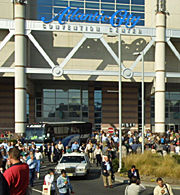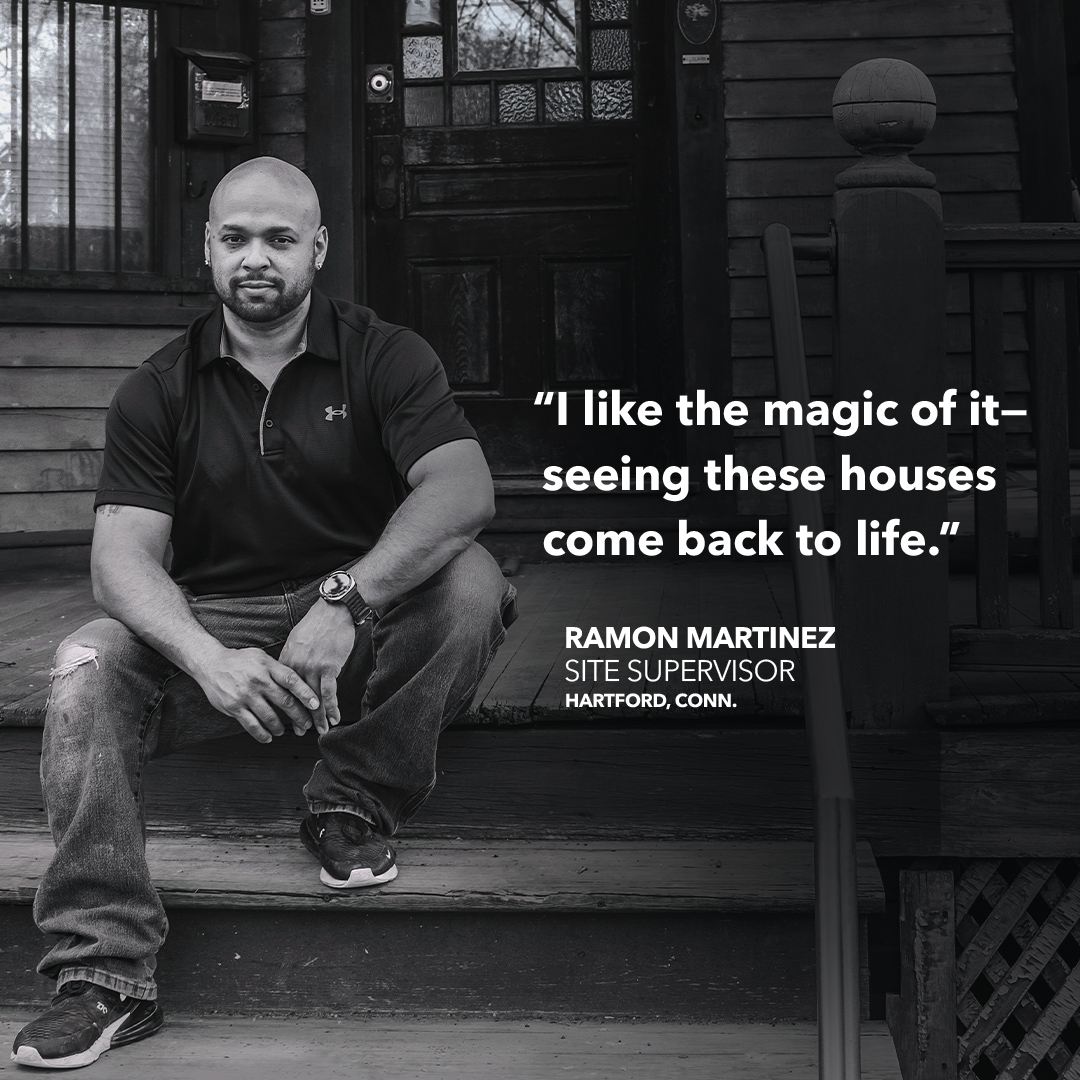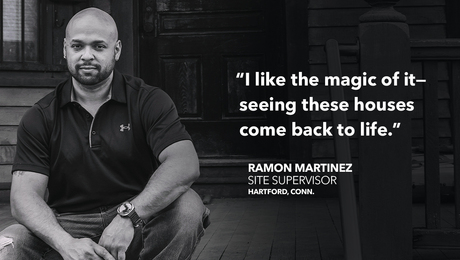
Within five minutes of hitting the streets of Atlantic City en route to The Remodelers’ Show, my driving netted a shouted obscenity from the driver of a car with Jersey plates. Grinning, I told my companion, “I’m home.” I learned to drive, and to be a carpenter and builder, in New Jersey. Leaving my driving aside for now, I learned to build in the same way that I imagine most builders do — from older tradesmen. While most of what I learned worked, in some cases I simply repeated the mistakes of those that went before me.

Spending the last five years as a Fine Homebuilding editor has put me into contact with some of the best building scientists in the country, a rather humbling experience. As a builder, I was vaguely aware that these people existed, but that they might be easily accessible never entered my consciousness. Had I come into contact with these scientists and paid attention to their research, I would have built better houses.
And so, on Friday, November 2, in room 303 of the Atlantic City Convention Center, I sat in on Steve Easley’s seminar, The House as a System. Easley is a specialist in building forensics, and as such, he travels the country figuring out why buildings fail. Among other photos, he had some great slides of mold, and one of a basement so full of water that it supported a beautiful, bright green algae bloom.
Some nuggets that I picked up from Easley:
- In-home relative humidity greater than 55% fosters dust mites; humidity lower than 40% fosters bacteria and virus growth.
- In the full summer sun, a 6-ft. glass patio door without low-e glass can admit 10,000 Btu per hour of solar gain; requiring one ton of air conditioning to cool.
- Speaking of AC, Easley recommends not using a poly vapor barrier in any house with air conditioning because of the increased possibility of trapping condensed water in the walls. He says to use kraft-faced batts instead. Kraft paper functions as a vapor barrier until it becomes saturated. Then, it passes vapor and creates the potential for the wall to dry.
- Recessed ceiling lights (can lights) that leak the least amount of air are those that meet the Washington State Energy Code; look for them to be labeled as such.
- When determining liability for failed window installations, courts are likely to look to the American Architectural Manufacturers Association’s Installation Training Manual as the industry standard. Think its $165 price tag is high? Try losing a lawsuit. AAMA (www.aamanet.org) also publishes less expensive explanations of what window ratings mean.
- Don’t trust your mason to install weep holes in brick veneer? Staple short lengths of cotton rope to the wall, and drape them over and past the brick ledge. Your mason can lay bricks atop the ropes, and they’ll wick water out until they rot and leave a hole where water can flow. Cotton rope is that rare building component whose performance increases with time.
Andy Engel is Fine Homebuilding’s senior editor.
hoto: Tom O’Brien
























